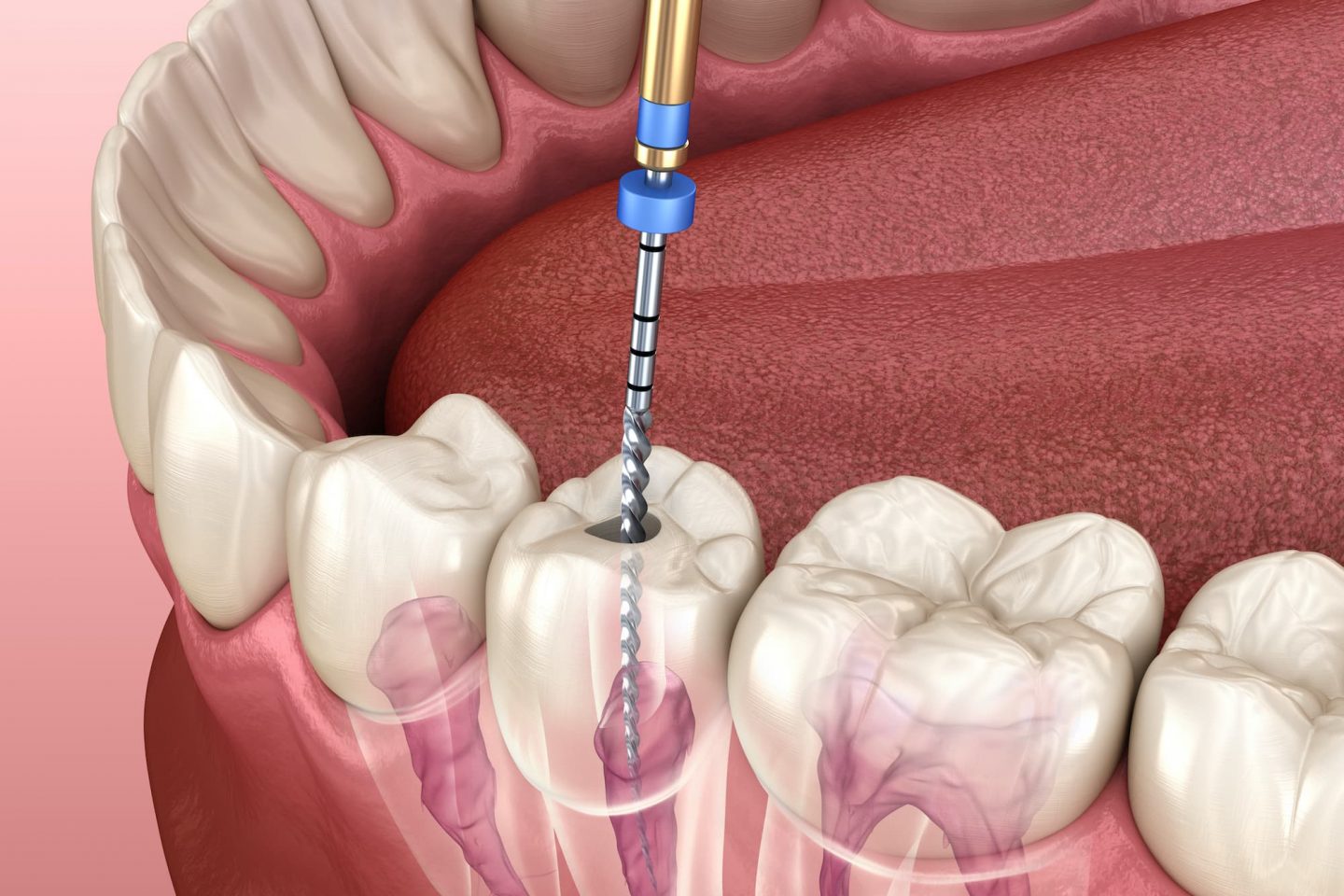
The Science Behind Root Canal Therapy
Most often, caries may extend into the deeper tissues of your tooth, infecting the pulp. When regular fillings fail to provide relief from painful symptoms, root canal therapy is recommended. It is a common dental procedure that saves your tooth from extraction.
Root canal therapy performed by our renowned dentist in Downtown Chicago, involves the removal of the pulp using state-of-the-art rotary instruments for accurate results.
An introduction to root canal therapy
Root canal therapy, also known as endodontic therapy or root canal treatment (RCT), is a type of dental procedure that involves the removal of the infected pulp. The pulp is a mass of connective tissue present within the hard enamel and dentin of the tooth. It consists of blood vessels and nerves providing nutrition to the tooth structure. It extends from the crown to the root tip and helps in the growth and development of the tooth.
The main aim of the therapy is to provide protection to the tooth, prevent reinfection, and save the tooth from unwanted extractions.
Indications for root canal therapy
When a cavity is left untreated, the bacteria can seep through the different layers of the tooth into the inner pulp, causing infection. Root canal therapy is indicated in such situations since regular fillings cannot restore the tooth and do not provide relief from painful symptoms.
Apart from bacterial invasion, pulp infection can also occur due to injury or trauma to the tooth.
Warning signs that require root canal therapy
There are a few signs and symptoms that indicate you require root canal therapy. These include:
- Persistent, lingering pain in the affected tooth
- A chipped or cracked tooth
- Tooth discoloration
- Increased sensitivity to hot and cold foods
- Swollen gums around the affected tooth
- Swollen jaw
- Pain on application of pressure, especially while biting or chewing
- An abscess (pimple) on the gums
- Pus around an infected tooth
- A loose tooth
The procedure involved in root canal therapy
Root canal therapy may require one to two dental visits depending on the severity of the pulp infection.
- Your dentist will administer local anesthesia to numb the affected tooth.
- The tooth is isolated to prevent moisture during the procedure.
- An access opening is drilled on the tooth surface with a rotary instrument.
- The tooth will be cleaned to remove the decay and debris carefully.
- The root canals will be accessed and thoroughly cleaned using rotary files.
- Your dentist will then fill the canals with a biocompatible material and seal them with gutta-percha.
Root canal therapy is the most effective way to restore a badly decayed tooth that is beyond repair through regular dental fillings.







